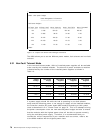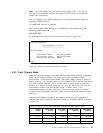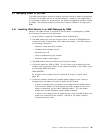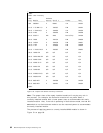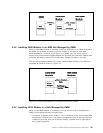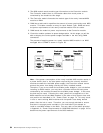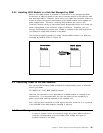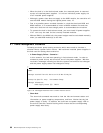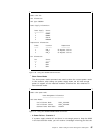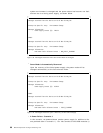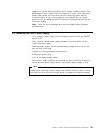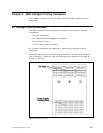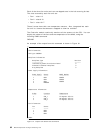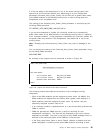
•
When the hub is in the fault-tolerant mode, the reserved power is reserved
across all installed power supplies. It is not an individual power supply out
of all installed power supplies.
•
Although a power class does not apply to the 8250 module, the controller will
see the 8250 module having the highest power class, 10.
•
Due to a possible power overload situation in a hub that has both 8250 and
8260 modules, it is recommended to install all 8250 modules first and also
make sure that the hub has enough power to accommodate the modules.
•
To operate the hub in fault-tolerant mode, you must install N power supplies
if N-1 can carry the load for the currently installed modules.
•
Without DMM in the 8260 hub, the power budget must be calculated manually
when you add 8250 module(s) to the hub.
5.7 Power Management Scenarios
Following are three power testing scenarios which were used to simulate a
situation where a power failure occurs. We had three installed power supplies in
the hub used for testing these scenarios.
•
A Power-Supply Failure - Scenario 1
In this scenario, the hub was operating in fault-tolerant mode. In order to
simulate a power failure, we turned off one of the power supplies. We then
received a message informing us that the system environment had changed
and the power supply status had changed to faulty.
8260>
Message received from this device on 14:34 Mon 23 May 94:
Enterprise Specific trap: Environment Change
Message Information:
Power Supply Status (3): FAULTY
Figure 55. Messages Received when a Power Failure Occurs
•
Show Hub
The
show hub
command was used to view the hub environment status and
information on power supplies, temperature, and fans. Notice that the 3rd
power supply is faulty. In addition, we could see one power supply LED on
the active controller module flashing which meant that the corresponding
power supply was faulty.
86 8260 Multiprotocol Intelligent Switching Hub



